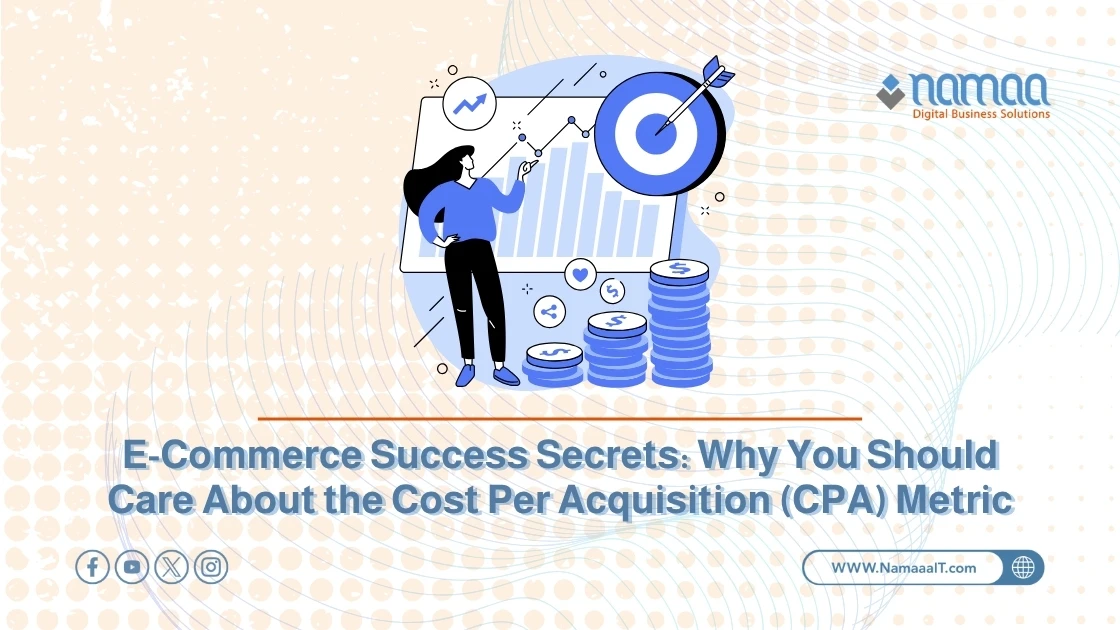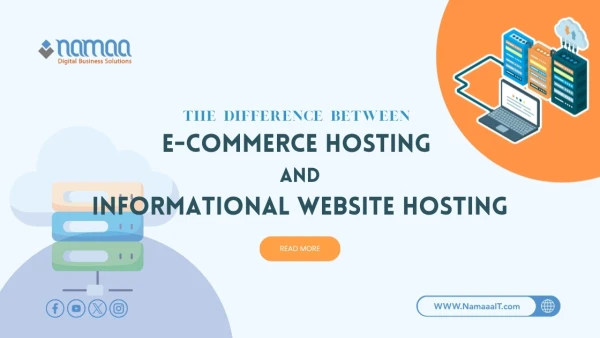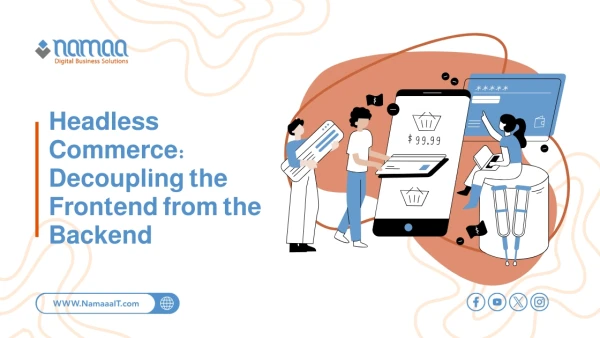In the fiercely competitive e‑commerce landscape, excellence no longer hinges solely on product quality—it's also about efficiently managing marketing and financial resources. If you're serious about building a successful venture and investing in professional services, mastering the language of numbers is your launchpad. At the heart of this language lies the Cost Per Acquisition (CPA) metric—an indispensable analytical tool. CPA doesn’t just measure how much you spend to acquire each customer; it reveals the effectiveness of your marketing strategy and shields you from budget wastage without real returns, making it the most accurate gauge of campaign profitability.
What Is the Cost Per Acquisition (CPA) Metric?
Simply put, CPA is a marketing‑finance metric that quantifies the exact cost of acquiring a single person who completes a desired action—known as an "acquisition" or "conversion." This action can range from a purchase to signing up for your newsletter, downloading your app, or filling out an inquiry form. Unlike metrics that measure campaign reach or clicks, CPA focuses squarely on outcomes—making it your true compass for measuring ad spend effectiveness.
Why Is CPA the Most Crucial Metric for Campaign Profitability?
The power of CPA lies in its direct link between marketing activity and actual revenue. Attracting traffic means nothing unless it converts into customers. CPA answers the question: "Is my marketing investment profitable?" When your cost per acquisition falls well below your average order value or customer lifetime value (CLV), you're on the path to sustainable profit. CPA helps you assess each marketing channel and allocate budgets where they deliver maximum ROI.
CPA vs. CPC: Understanding the Key Difference
Although both are digital advertising metrics, CPA and Cost Per Click (CPC) measure fundamentally different outcomes and serve different objectives:
| Metric | CPA (Cost Per Acquisition) | CPC (Cost Per Click) |
|---|---|---|
| What it measures | Cost for a completed action (conversion) | Cost for each click on your ad |
| Primary focus | Conversion efficiency and profitability | Ad engagement and traffic generation |
| Indicative of | Campaign success in generating actual paying customers | Ad’s effectiveness in attracting clicks |
| Risk level | Lower—pay only for actual conversions | Higher—clicks don’t guarantee conversion |
When to Prioritize CPA vs. ROAS?
Both CPA and ROAS (Return on Ad Spend) are key metrics—but each serves a different purpose:
Focus on CPA when:
- You aim to acquire as many customers as possible within a constrained budget
- Launching a new product and building an initial customer base
- Your products have similar prices and margins
Focus on ROAS when:
- You aim to maximize revenue per ad dollar spent
- You sell products with widely varying prices
- You want to scale the most profitable campaigns with precision
How to Calculate CPA: Step by Step
The formula is straightforward—but accurate tracking is essential:
- Total campaign cost: Sum all advertising expenses over a defined period.
- Total conversions: Count the number of successful actions (e.g. purchases, sign-ups).
- Apply the formula:
- CPA = Total campaign cost ÷ Total number of conversions
- Example: If you spend SAR 2,000 on Facebook ads and acquire 100 customers, your CPA is:
SAR 2,000 ÷ 100 = SAR 20 per acquisition
7 Effective Tactics to Lower CPA Immediately
Lowering CPA boosts profit margins directly. Instead of accepting the current cost, try these proven strategies to improve immediately:
- Refine audience targeting
Use existing customer data to build Lookalike Audiences and deliver ads to users most likely to convert. - Boost ad quality score
Platforms like Google and Meta reward high-quality ads with lower costs. Use compelling visuals and matched messaging aligned closely with your landing pages. - Optimize landing pages
A slow or confusing landing page is a leading cause of lost conversions. Ensure your page is fast, mobile‑friendly, and clearly drives visitors toward the desired action. - Maximize retargeting
Target visitors who added items to cart but didn’t purchase. Offering reminders or small incentives often converts at far lower CPA. - Use negative keywords
Block irrelevant search terms in your campaigns to avoid wasted clicks from uninterested users. - Run regular A/B tests
Continuously test headlines, visuals, CTAs, and even button colors. Identify the highest‑performing ad variants that yield the lowest CPA. - Enhance overall user experience (UX)
From ad click to checkout, ensure a frictionless journey—simplify steps, offer multiple payment methods, and clarify shipping/return policies.
FAQs
1. Does a higher CPA always indicate a failing campaign?
Not necessarily. Always compare CPA with Customer Lifetime Value (CLV). If the CPA is SAR 100 but the customer spends SAR 1,000 over time, the initial investment is worth it.
2. What’s a good CPA benchmark in e‑commerce?
There is no universal number—it depends on your profit margins and average order value. The benchmark is always: CPA should be lower than the profit margin per order.
3. Can CPA apply to non‑paid channels like SEO?
Yes. The same CPA formula applies—substitute “advertising cost” with total investment in SEO (e.g., team salaries, tools, link-building), and count conversions from organic traffic to determine acquisition cost.
Summary
✅ CPA is your most accurate financial metric: total campaign cost divided by conversions—for example, 50 customers for an SAR 1,000 spend equals CPA = SAR 20
✅ Unlike CPC, CPA measures outcome not clicks—since over 97% of first-time store visitors don’t purchase immediately, tracking actual acquisition is more meaningful
✅ Retargeting campaigns can reduce CPA by up to 50%, by targeting users who already showed interest
✅ Even a 1-second delay in page load can drop conversions by 7%, directly raising your CPA
✅ A high CPA can be acceptable if CLV is higher—e.g., CPM 100 SAR with lifetime value above 500 SAR is a profitable long-term investment
By mastering CPA, you turn every marketing dollar into measurable, sustainable growth.









